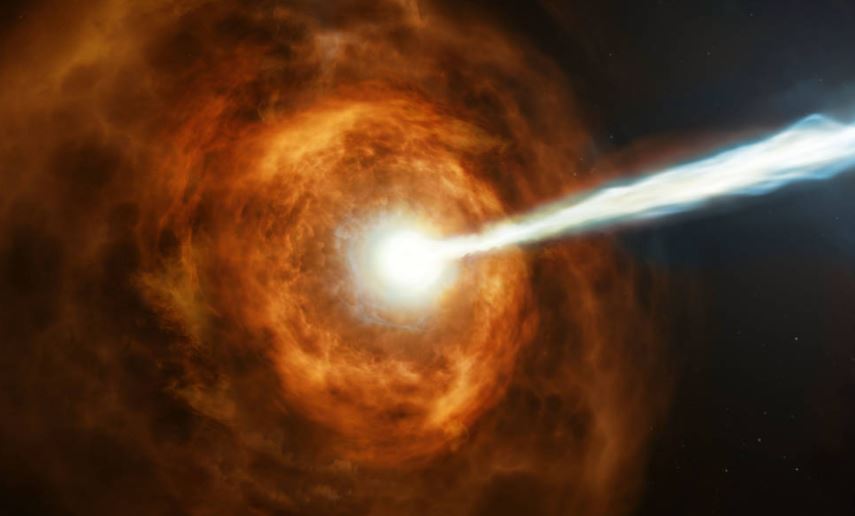
NASA has a long tradition of unexpected discoveries, and the space program’s TESS mission is no different. SMU astrophysicist and her team have discovered a particularly bright gamma-ray burst using a NASA telescope designed to find exoplanets — those occurring outside our solar system — particularly those that might be able to support life.
It’s the first time a gamma-ray burst has been found this way.
Gamma-ray bursts are the brightest explosions in the universe, typically associated with the collapse of a massive star and the birth of a black hole. They can produce as much radioactive energy as the sun will release during its entire 10-billion-year existence.
Krista Lynne Smith, an assistant professor of physics at Southern Methodist Uni...
Read More







Recent Comments